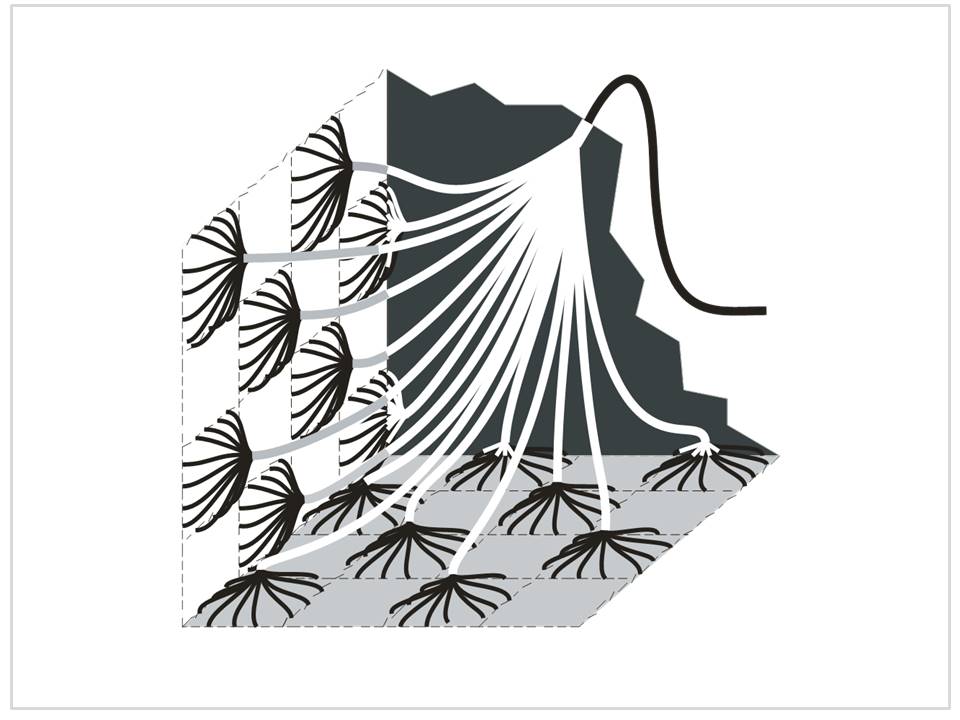Title
A Few Notes on the Wave Absorption Applied to Cloaking Problem
Authors
Vladimir V. Arabadzhi
Institute of Applied Physics (RAS), 603950, Box-120, Nizhny Novgorod, Ulianov st. 46, Russian Federation.
*Corresponding author E-mail address: v.v.arabadzhi@appl.sci-nnov.ru
Article History
Publication details: Received: 19th May 2021; Revised: 29th July 2021; Accepted: 29th July 2021; Published: 16th August 2021
Cite this article
Arabadzhi V.V. A Few Notes on the Wave Absorption Applied to Cloaking Problem. Nano Prog., 2021, 3(6), 19-34.

Abstract
J. Pendry's perfect cloaking solution is briefly considered. Other approaches with absorption of waves are considered too: absorbing coatings, black holes,… In addition, well-known approaches to describing black body diffraction are discussed for sound waves and electromagnetic waves as waves without dispersion. The formulations of black body definition of are corrected as the review progresses. The alternative conception of "black body" (in the wave diffraction sense) is represented in this article for electromagnetic waves. For several decades, many researchers have tried to find a structure (constant in time, and with field representation by complex amplitudes at any frequency) of an absorbing shell that would satisfy simultaneously (jointly) the following conditions: (a) effective absorption (and cloaking); (b) a spatial ultra-wide absorption band (i.e. the absorption efficiency is independent of the spatial frequency or of incident wave direction), (c) an ultra-wide absorption frequency band (i.e. the absorption efficiency does not depend on the incident wave time frequency), (d) the small thickness of the absorbing coating compared to the length of the absorbed wave and to the geometric dimension of protected body. But without full success (i.e. without (a), (b), (c), (d) all together), because: (1) any wave to be absorbed need time (more or equal to its period) and distance (more or equal to its wavelength) to have time to make a work (if we do not make conversion its frequency) on the absorber; (2) in passive systems with parameters constant in time, the interaction of absorbing elements at the frequency of the incident wave is inevitable. Now remind that in all these years microelectronic technologies (designed for computers and according Gordon Moore’s law) have been intensively developed: the miniature and rate of the element base (or the spatial-temporal resolution). On the other hand wavelengths that were intended to be absorbed by the “black” shells remained the same due to the constant conditions of the long-range propagation of these waves. This work is an attempt to use the great successes of nano-electronics to satisfy conditions (a)-(d) jointly. The required level of nano-electronics development is very high, but quite real today.
Keywords
simultaneous; dissection; instantaneous; spatial, distribution; contour; switched; boundary